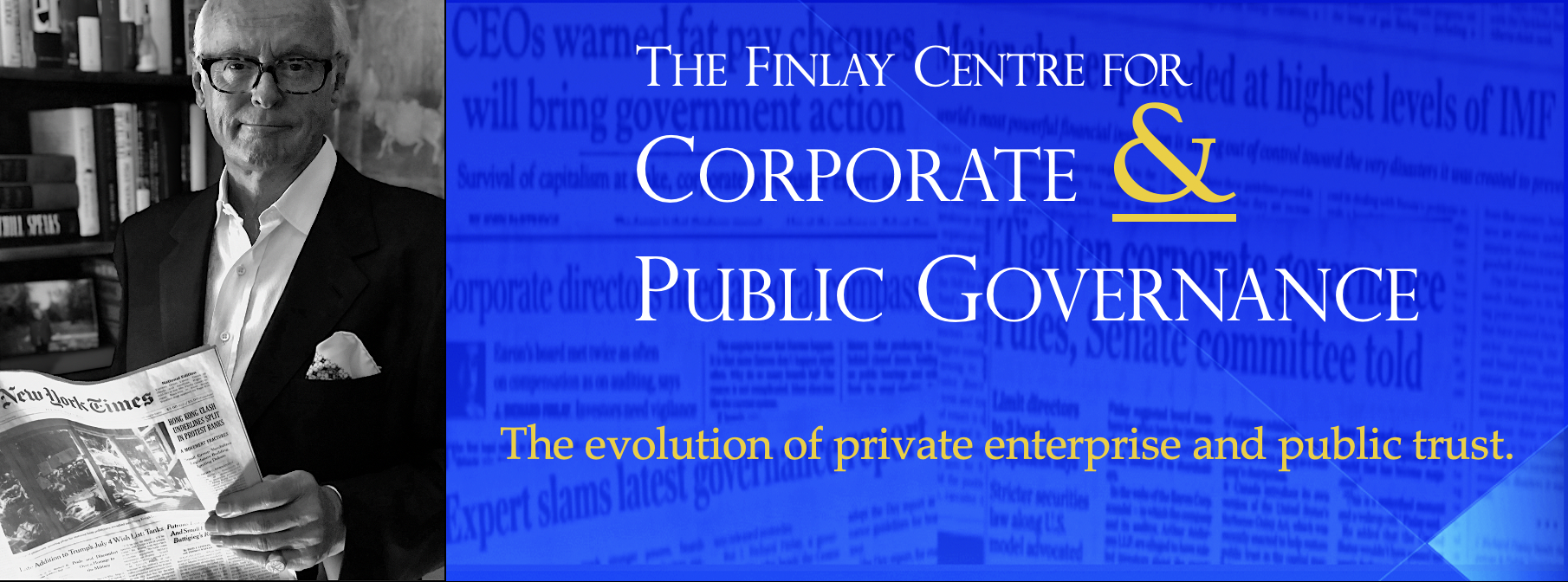With absentee leaders like Jimmy Cayne at the top and a corporate governance culture straight out of the 1920s, the surprise is not that Bear Stearns fell into a confidence chasm. The surprise is that calamity did not strike earlier.
 When the subprime meltdown was already giving a chilling preview of coming attractions last summer and his company’s mortgage-based hedge funds were collapsing around him, the CEO of this Wall Street icon was off on a bridge and golf vacation. Last week, during a liquidity crisis that saw the near death of the company and the resulting intervention of the Fed that carried with it echoes of the Great Depression, he was at a bridge tournament in Detroit, according to the Wall Street Journal. It is not certain where this long-time investment banking figure is right now, but odds are soon Jimmy Cayne may not have an office or a company to return to.
When the subprime meltdown was already giving a chilling preview of coming attractions last summer and his company’s mortgage-based hedge funds were collapsing around him, the CEO of this Wall Street icon was off on a bridge and golf vacation. Last week, during a liquidity crisis that saw the near death of the company and the resulting intervention of the Fed that carried with it echoes of the Great Depression, he was at a bridge tournament in Detroit, according to the Wall Street Journal. It is not certain where this long-time investment banking figure is right now, but odds are soon Jimmy Cayne may not have an office or a company to return to.
Last January, when the company posted the first loss in its 84-year history, Mr. Cayne turned over CEO duties to Alan Schwartz. When he’s not away escaping a corporate crisis as executive chairman -a post he has held for seven years- Mr. Cayne presides over the Bear Stearns board. And what a board it is -another one of these all male clubs that acts like a throwback to black and white movies.
The board meets only six times a year, according to company documents. The real work seems to be done by Bear’s executive committee, which in 2006 met a whopping 115 times. All of the directors on the executive committee are management insiders, including Mr. Cayne, making management effectively accountable to itself. Maybe this helps to explain why, despite the lessons of Enron and the risky nature of much of the company’s business, Bear Stearns’s board did not get around to creating a finance and risk committee until January of 2007 and why there has been so much patience with Mr. Cayne’s card-playing antics.
Just a year ago, the firm was boasting that it was well insulated from the subprime fallout. Then the stock was trading around $160. On Friday the stock closed at $30. It lost nearly half its value in just one day. When Rome burned, it is said that Nero fiddled. When Bear Stearns melted down, its one-time emperor played bridge. We will leave it to others to determine whether any smoke was present at the occasion this time.
It is widely asserted, especially on these pages, that what boards do matters. Yet it seems clear that if Bear Stearns had had no board whatever, the results could not have been any worse. One can understand how utterly lacking in effectiveness Bear’s board is when it is being led by an absentee chairman.
Mr. Cayne, who is 74, would have known the crisis his company faced given the extraordinary nature of the press release it issued on March 10th which denied any liquidity problems. Still, even when Wall Street’s fifth largest investment bank was sitting on a precipice later in the week, a bridge game trumped the fight for corporate survival for the firm’s well paid chairman.
As we have said on more than a few occasions, the stratospheric compensation that many boards award CEOs increasingly shows that both directors and top management are living on another planet. Excessive CEO pay has been a leading indicator of disaster in companies that run the gamut from Enron and Computer Associates to Countrywide and Hollinger. Bear Stearns can now be added to this list. Just last year, many commentators were celebrating the genius of Jimmy Cayne and how he deserved every penny of the $34 million he received for 2006 and the $23 million for 2005. You might think that would entitle shareholders to a little more than the calamity that has been unfolding for the past several months. You might also think it would entitle shareholders to a CEO or a board chairman who clocks in during the hours when disaster has decided to pay a visit.
Bear Stearns also makes the case that if investment banks are now able to enjoy the benefit of the Fed’s intervention -and these firms have already shown that their misjudgments are capable of causing enormous turmoil in the capital markets and ultimately in the wider economy, members of the public have a huge stake in what companies do and how well they govern themselves. They also have a major investment in whether board compensation programs reflect a rational level of thinking or whether they reflect a mentality that says the CEO is king and temps them to pursue high paying subprime-like schemes that cannot be sustained.
With absentee leaders like Jimmy Cayne at the top and a corporate governance culture straight out of the 1920s, the surprise is not that Bear Stearns fell on Friday into a confidence chasm from which it may not recover. The surprise is that calamity did not strike earlier. Which makes the failures of the Bear Stearns board and its chairman our choice for the Outrage of the Week.
